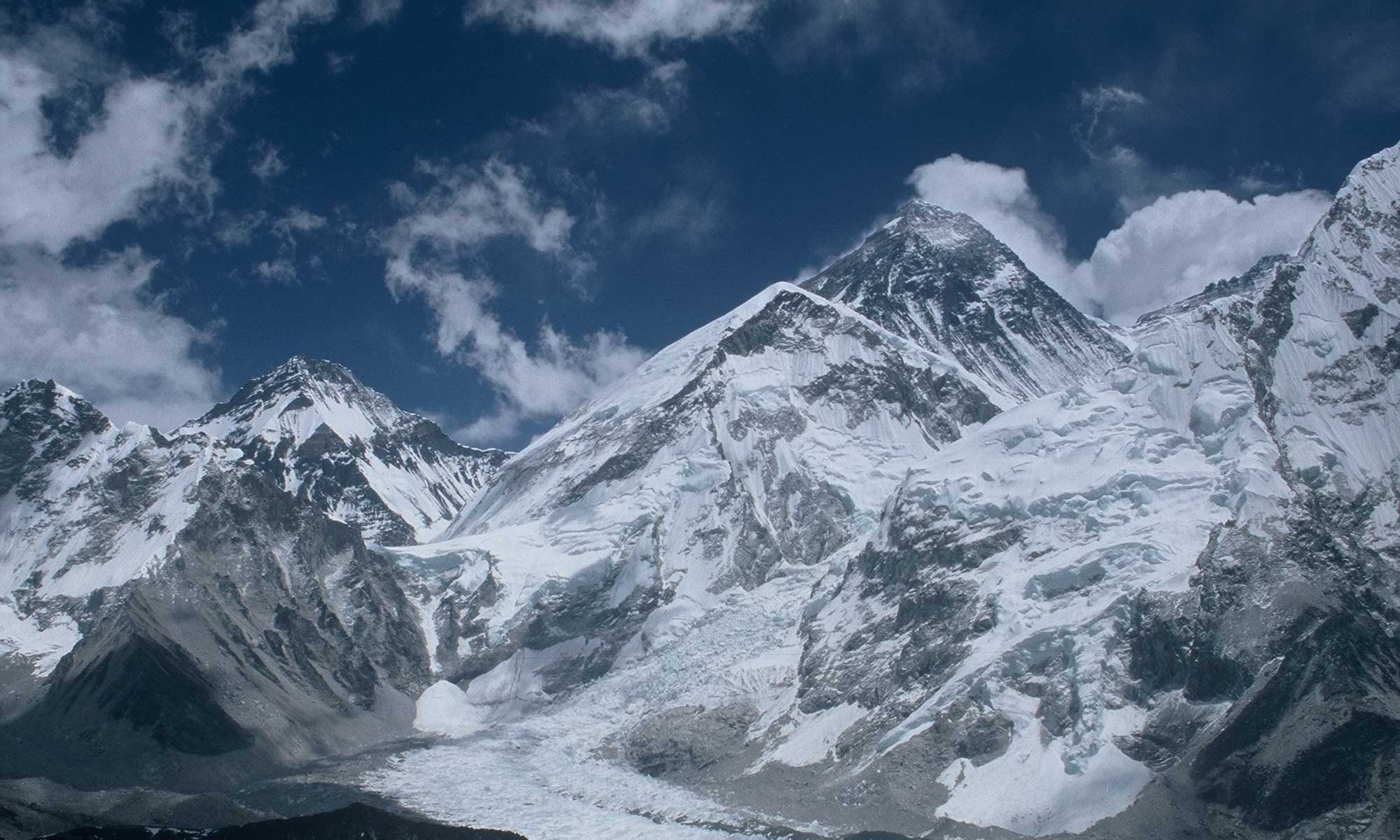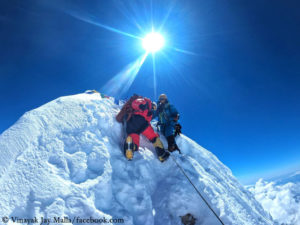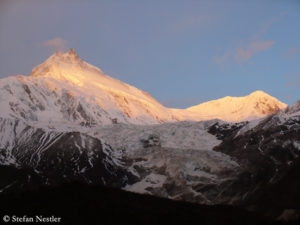Once a topic is on the social media’s hot plate, emotions run high. Some are praised to the skies, others are banished to hell. Here the shining heroes, there the sinister villains. The more drastic the wording, the more hearts, thumbs up and clapping hands. The mountaineering scene is no exception. The latest example: the debate about the “True Summit” of the eight-thousander Manaslu.
On Monday, Mingma Gyalje Sherpa and Co. reached – with bottled oxygen – the (very) highest point at 8,163 meters, at the very end of the summit ridge. And immediately on Twitter and Co. all other climbers who turned around at one of the nearby and somewhat lower fore-summits of Manaslu are labeled as “cheaters” and “liars”. Others rail against the “Himalayan Database“, which records summit successes on Nepal’s high mountains. The chronicle “is no more reference regarding 8000 m peaks,” they say.
Fore-summit successes
It is worth taking a deep breath first and approaching the subject with a cool head. That most of the now more than 2,200 summit successes reported from Manaslu were actually “fore-summit successes” has actually been known for at least two years. In 2019, German chronicler Eberhard Jurgalski and others – including Tobias Pantel of the Himalayan Database – published a report proving that the vast majority of Manaslu climbers were not at the very highest point at 8,163 meters.
This is true not only for commercial teams, but also for top climbers. Of 35 of the 44 climbers who stood on all 14 eight-thousanders, the summit points are now known, Jurgalski informed on his website 8000ers.com last May. Only six of them had reached the main summit of Manaslu, he wrote. Twenty-five had been on two nearby fore-summits that were within a “tolerance zone” at which the mountain could be considered scaled. These pre-peaks are three to six meters lower than the main summit.
Tricky approach
Yesterday’s “True Summit” success of Mingma Gyalje Sherpa and Co. was thus not only a fine, but also in the strictest sense of the word extraordinary, i.e. unusual achievement on Manaslu. The video published by the head of the expedition operator Imagine Nepal himself, and drone footage circulating on the net, show why so far most did not get as far as there: The approach is truly “tricky”, as Mingma had aptly noted earlier. His team left the ridge into the steep mountain flank to reach the highest point from there.
“I tried to go over the ridge and it was possible but I was afraid the new anchor won’t hold the clients if they made mistakes,” Mingma informed my on his route choice. “So I descended around 10m down and then traversed and then made straight to summit which was a very good way for all the climbers and was very safe.”
New parameters?
When is Manaslu now considered scaled? “We can’t rewrite history and take away the summit from everyone who didn’t reach the ‘real summit,'” Billi Bierling of the Himalayan Database tells me. “But our team will discuss how we deal with this in the future. We may change the parameters.” Incidentally, the legendary Elizabeth Hawley, who died in 2018 and founded the chronicle in the 1960s, was less strict, Billi says: “Miss Hawley used to accept even points below the summit cornice as summit successes.”
Billi dismisses the accusation by critics on the web that the Himalayan Database introduced a “fore-summit” category in 2016 but dispensed with this differentiation in subsequent years: “In fall 2016, many were at a point even further ahead, which is significantly lower than the other fore-summits. That’s why we pointed it out at the time.” According to the Chronicle, the spot reached by 161 climbers at the time was at 8,125 meters, 38 meters lower than the main summit.
Service provider, not judge
The 54-year-old German mountaineer and journalist points out that her team relies on the honest information provided by expedition operators and climbers. “If we notice there’s something fishy, of course we’ll get to the bottom of it,” Billi says. “But we’re not judges. We are service to the mountaineering community. We just record the numbers and don’t award certificates.”
The sheer mass of summit aspirants makes it impossible to verify all the information, Bierling says. So after the record number of permits for Mount Everest last spring, her team had to rely not only on their own research but also on figures from the Ministry of Tourism, she said. “And now when I see the long lists from Manaslu, it makes me dizzy. It’s no longer even possible for us to physically interview everyone.”
Bierling speaks of “challenging times” – and not just because of the huge crowds at the eight-thousanders. “Today, also because of social media, there is much more pressure on people. They absolutely want to have reached the summit. And then maybe sometimes they bend the truth a bit.” For example, when it comes to “heli-doping“, i.e. when, as also happened on Manaslu, climbers let themselves be flown by helicopter to high camp or back to base camp in order to skip time- and energy-consuming passages. “We will also have an ‘aviation assisted’ section in the future,” says Billi, who has been working for the Himalayan Database on a voluntary basis since 2004. Bierling’s small team is not envious of their complicated task. Especially not when it then also hails criticism from the social networks.
Update 8:30 p.m.: According to consistent reports, there was the first fatality of the fall season on Manaslu. A 37-year-old Canadian died yesterday during the ascent at around 7800 meters, apparently after a heart attack, it was said.





One Reply to “Manaslu debate: When is a summit a summit?”
Comments are closed.